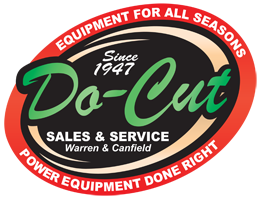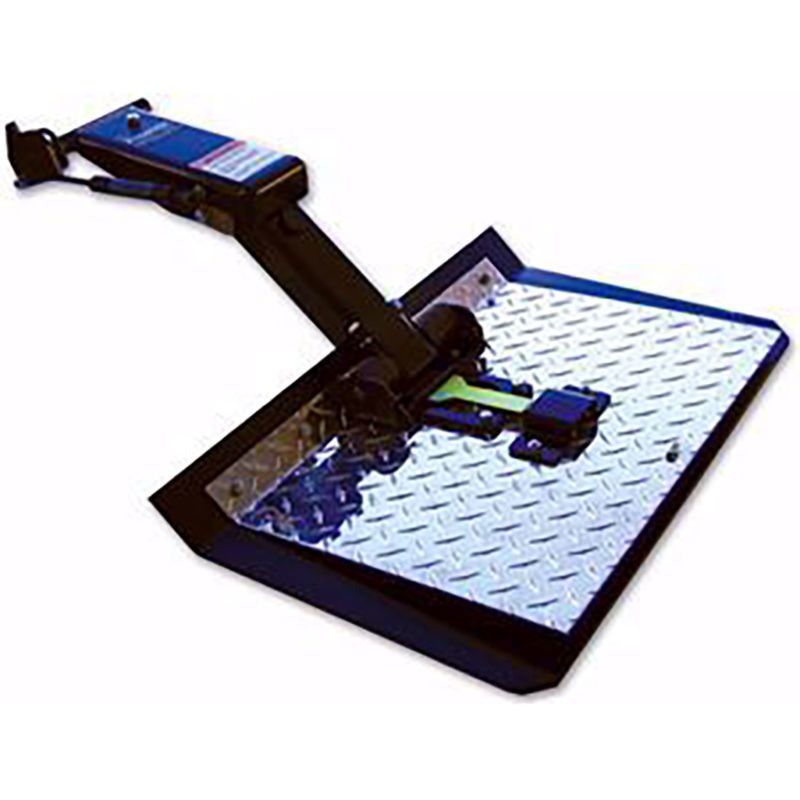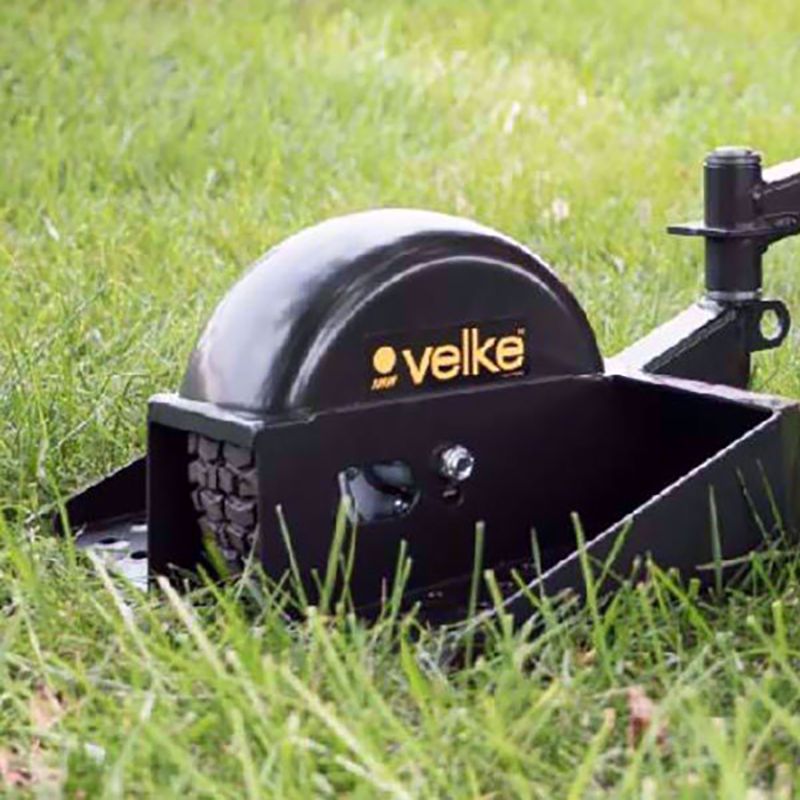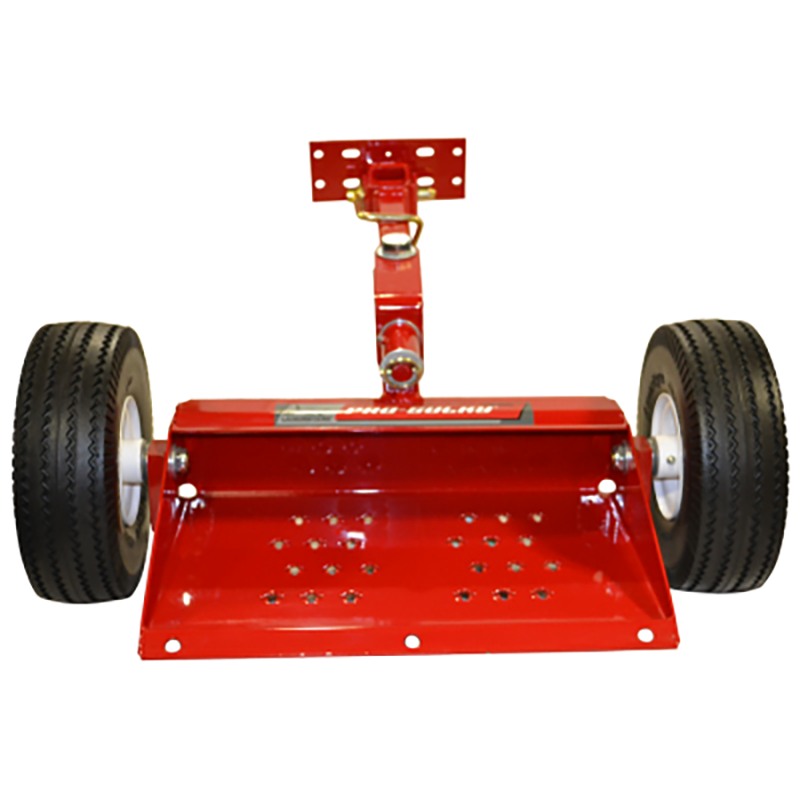Sulkies
What is a Sulky, and Why Should I Purchase One from Do-Cut?
A Sulky is an attachment for a walk-behind mower that allows the operator to ride on it instead of pushing the mower manually. It can improve the speed, comfort, and efficiency of mowing large areas.
Great deals on sulkies!
Shop online today at Do-Cut's Power Equipment Warehouse
- There are several types of sulkies, such as single wheel, dual wheel, and platform style.
- A sulky is a great accessory for anyone who owns a walk-behind mower and wants to enhance their mowing experience. However, it is important to choose the right type of sulky for your mower, and your needs.
- If you’ve never used a sulky for your mower we can help. Our knowledgeable staff at Do-Cut Sale & Service can answer all of your questions, and we can find a sulky that best suits your needs.
- No matter if you are a new user of a sulky or already have them in your arsenal, our staff can provide answers for any sulky, from the simplest to latest and greatest.
What are the benefits of using a Sulky with my lawn mower?
Some of the benefits of using a sulky are:
- Sulkies will improve the speed, comfort, and efficiency of mowing large areas.
- A sulky can reduce operator fatigue and strain, especially on hilly or uneven terrain.
- Sulkies allow the operator to enjoy the ride and scenery, rather than having to focus on strenuously pushing a mower.
Can you use a sulky with any mower?
No, you cannot use a sulky on any type of mower. Sulkies are designed for walk-behind mowers that have enough power, stability, and deck size to support the weight and speed of the operator.
Some factors that affect the compatibility of sulkies with mowers are:
- The type of transmission: Sulkies are recommended for hydro-driven mowers and not belt-driven mowers, because the belts may slip with the additional weight of the operator.
- The size of the deck: Sulkies are recommended for mowers with a 48" deck size or larger, because smaller decks may lift off of the ground during take-off. To counterbalance this, you may need to add weight to the caster wheel area of your mower.
- The type of attachment: Sulkies have different ways of attaching to the mower, such as one-pin, two-pin, or bolt-on connections. You’ll need to check the manufacturer’s specifications to see if your mower has a compatible attachment point for the sulky you want to use.
- The type of sulky: Sulkies come in different types, such as single wheel, dual wheel, and platform style. Each has their own pros and cons. You need to choose the right type of sulky for your mower and your needs;
- It is also very important to follow the safety precautions and maintenance instructions.
Before purchasing a sulky from Do-Cut Sales & Service, you should check the sulky’s compatibility with your mower and make the necessary preparations. Stop in at Do-Cut in Canfield or Warren, Ohio and we can help fit the right sulky onto your mower.
How do I find the right Sulky at Do-Cut Sales & Service?
There are several essential factors to consider when purchasing a sulky, and there is no one-size-fits-all option. Some of the key considerations include:
- How you'll use it: The weight limit you'll need to carry depends mainly on your strength and how far you're willing to push/pull an object at any given time.
- Features: The features of a sulky can vary from model to model. Some may have a swivel wheel whereas others may not. The height of the wheels is also an essential consideration because it will determine how far you'll need to stop when you're pushing and pulling your load.
- Terrain or landscape: If tending a rugged terrain, some sulky models are better suited and safer to use on these challenging landscapes; safety features including anti-jackknife technology, grease fittings, ball bearings, and suspension.
- Weight, trailer space required, PSI on soil, and the ability to use it on paved surfaces are all factors to be mindful of when deciding which model is best for your needs.
- Durability: You want something built to last with durable tires, sturdy construction, and a strong frame. For instance, if you have rugged terrain with hills, uneven spots, heavy ground or cover, or you frequently deal with challenging conditions like sand, mud, and dirt, you may need a sulky that's more durable.
- Weight limit: Since the operator stands directly on the sulky platform, you'll want to make sure the accessory can handle your weight. For instance, if you're a more significant individual, or you’re frequently carrying heavier loads (like mulch), make sure the platform and wheels can handle it and not break down too quickly.
- Adjustability: If you'll need to change the height of the load from the ground for various projects or on uneven terrain, ease of adjustments is always preferable. If used for commercial purposes, this is especially important to give you the granular control to work each property more efficiently.
Are Sulkies hard to install and remove?
Installing a sulky on your mower may vary in difficulty depending on the type and model of the sulky and your mower. Check the compatibility of your sulky and mower. Make sure your mower has enough power, stability, and deck size to support the sulky. Also, make sure your sulky has a matching hitch for your mower’s attachment point.
- Drill a couple of small holes into the back of the mower, if needed, to bolt on the hitch.
- Attach the sulky to the hitch using the provided hardware.
- Make sure the sulky is securely fastened and aligned with the mower.
- Test the sulky before use and adjust the height, speed, and balance of the sulky as needed.
- Removing a sulky from your mower varies in difficulty depending on the type and model of the sulky and your mower.
- Detach the sulky from the hitch using the provided hardware. Make sure the sulky is securely unfastened and separated from the mower.
- Remove the hitch from the back of the mower. Unbolt it if needed.. The hitch can be reattached at any time.
- Store the sulky and the hitch in a safe and dry place until you need to use them again.
Types of Sulkies
Single- and one-wheel sulkies are common among lawn mowing companies. All sulkies are relatively simple in design and offer great functionality. There are mower sulkies available for property owners, commercial landscapers, and lawn care professionals who wish to streamline their lawn care practices.
- Single-wheel sulkies offer the user the ability to move a wheelbarrow with one hand, which is helpful for those who want more granular control over their lawn care equipment when in use.
- The best thing about a single-wheel sulky is that it has very few moving parts, and therefore a minimal number of items that can break.
- Other than neglect or an accident, there are a few things that can go wrong with push mowers such as flat tires and worn bearings.
- Dual-wheel sulkies are available in various sizes that feature two wheels or four (less stable) plastic tires. Dual-wheel sulkies offer a higher degree of stability on uneven surfaces, and they're ideal for those who want to haul items that are heavier than what a single-wheel sulky can handle. The most important thing about this accessory is choosing the right size for your specific requirements.
- A dual- or two-wheel sulky is also a common choice among professional lawn mowing companies. Simplistic in design, these sulkies have two wheels instead of only one. The added wheel helps to stabilize the operator.
- Two wheels reduce the PSI over one-wheel sulkies by half, and eliminate the dark line. This is one of the main advantages over its single-wheel counterpart.
Stop in at Do-Cut Sales & Service in Canfield or Warren, Ohio and talk to our lawn experts about your sulky options. You’ll be impressed with our knowledge, product selection and prices!!




